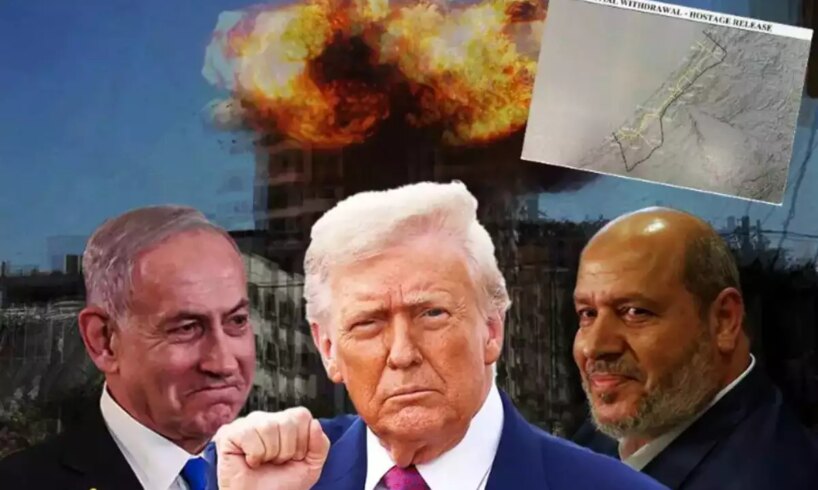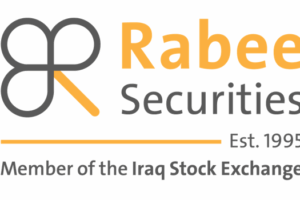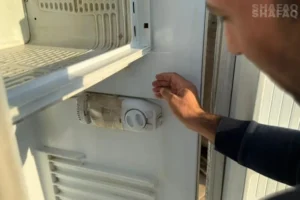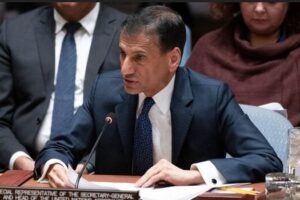
Emotions are still raw as the entire nation processes the return of the living hostages who were held in Hamas captivity for 738 days. Across the country, we continue to see videos and images of hostages reunited with their families and friends as they begin the long process of medical rehabilitation after two years of abuse, torture and starvation. Now that they are home, Israel must confront a deeper issue that goes beyond the joy of their return: the troubling geopolitical reality of who is shaping the next phase of this conflict and what that means for Israel’s long-term security
Under the terms of the US-brokered ceasefire, Hamas was required to return all 48 hostages, both living and dead. So far, the terror group has only handed over 16 bodies, already violating the agreement. Hamas operatives claimed they were unable to locate the remaining bodies due to Israel’s relentless bombardment of the strip, a claim debunked by released hostage Rom Braslavski, who revealed that he saw the bodies of slain hostages in Gaza shortly before his release. Meanwhile, an international body has sent dozens of personnel to the strip to assist in locating the remaining deceased hostage bodies..
Then, early Sunday, in an even larger violation of the ceasefire agreement, Hamas terrorists fired anti-tank missiles and opened fire on IDF forces in the Rafah area, killing two Israeli soldiers. This attack was not only another act of aggression but also a far more serious breach of the agreement itself. In response, the Israeli Air Force launched airstrikes and artillery fire in the area, prompting the United States to scramble to restrain Israel from completely dismantling the already fragile truce.
Turkish President Recep Tayyip Erdoğan. Photo: EPA EPA
None of us are surprised by Hamas’s actions and with the players overseeing this ceasefire, it would be a miracle if it does not completely collapse. We are only in the first phase of Trump’s 20-point plan, and few believe there will ever be an actual phase two. There is still a massive question mark on what the future of Gaza (and Hamas’s role in it) will look like. For now, Israelis are focused on the relief of having our living hostages returned, which marks the end of the darkest chapter in our history, and the public wants to focus on a nation beginning to heal. Yet even as this immediate crisis eases, we must look ahead to the fragile days of the ceasefire and keep our eyes wide open. We cannot forget that the chaperones of this agreement, particularly Qatar and Turkey, do not have Israel’s best interests at heart.
The way Trump was able to rally the Arab world and force Hamas into a corner where it had no choice but to accept the deal is something political and Middle East analysts will study for years. The genius behind the apparent chaos of Trump’s strategy resembles a “fake it until you make it” approach, setting ambitious goals without immediately clarifying the details required to keep the plan intact. When Trump announced his so-called Gaza Riviera plan in February, few believed it was realistic. Yet it alarmed the Arab world, making states fear the possibility that Palestinians might be relocated to their doorstep.
The same strategy appears to be at work in the ceasefire plan, where Hamas shows no real interest in disarming, yet Washington remains convinced it will happen. Many of us were shocked by the overwhelming support for Trump’s 20-point plan among the Arab states, and that he managed to bring Qatar and Turkey on board a plan that not only secured the return of all the hostages but also, if fully implemented, would achieve all of Israel’s military aims. Israel’s military strike targeting Hamas officials in Qatar appears to have alarmed Doha, bringing the Gaza war to their own soil. It also seemed to scare the wider Arab world, as monarchy states like the UAE and Saudi Arabia feared the conflict might spill over into their territories. For Qatar, the ongoing fighting between Israelis and Palestinians was secondary; the real concern was that if the war became a regional event and Israel’s attacks on Arab states became unpredictable, it could destabilize the region. This prompted Qatar and the broader Arab world to act to shut the war down. Trump’s strategic move was to offer extraordinary US security concessions to the Qataris, which increased Washington’s leverage. This pressure ultimately forced Doha to push Hamas to release all the hostages at once, with the support of the Arab world
Qatari Emir Sheikh Tamim bin Hamad Al Thani; in the background: a woman wearing a burqa and the Doha skyline | Photos: GettyImages, Reuters, Gideon Markowicz GettyImages, Reuters, Gideon Markowicz
What should be telling for all of us who can read between the lines is that Qatar had this ability all along to force Hamas’s hand and think about how many lives could have been saved if Qatar and the Arab world had done this sooner. In the negotiations for Trump’s 20-point plan, the leading players in pressuring Hamas to accept the deal were Egypt (a positive but weak player), and Qatar and Turkey (which are stronger but more dangerous players). It is very concerning now because had we brokered this deal with Saudi Arabia and the Emeratis, it would have been less troubling than having Qatar, Turkey and a weak Egypt chaperoning this deal.
Now Trump’s “fake it until you make it” strategy seems to be apparent in his calls for peace because there is no way the Israeli public is willing to accept a two state solution with Palestinians just days after we got back our people who were starved and tortured for two years, and certainly not while Hamas seems to have no interest in disarming and relinquishing control of Gaza.
Yet according to Trump, these are the first steps toward securing a long-term peace deal. After his stop in Israel, he immediately flew to Egypt, where he met with European and Arab leaders at the so-called Peace Summit in Sharm el-Sheikh, calling on more Arab countries to join the Abraham Accords. Trump also signed a document with Egyptian President el-Sisi, Turkish President Erdoğan, and Qatari Emir Sheikh Tamim bin Hamad Al Thani aimed at solidifying the Gaza-Israel deal. Even if his grandiose peace statements are simply for publicity, they remain completely out of touch with reality.
Another cause for concern is that neither Israeli Prime Minister Netanyahu nor Emirati President Mohammed bin Zayed Al Nahyan attended the summit. If the goal is peace in the Middle East, why were Israel and one of the region’s most moderate and powerful leaders absent? Instead, the so-called ceasefire agreement is being guided by the US and a number of unstable or Islamist-leaning Arab states, two of which financed and enabled Hamas’s October 7 attacks.
We are at a very sensitive point, and Israel cannot turn a blind eye to the fact that it is backed into a corner, relying on bad-faith actors to safeguard our long-term security. Since Hamas took over Gaza in 2006, Qatari funding bankrolled the terror group and bears responsibility for the two years of devastation we have endured. Hamas launched the war to prevent Israel from normalizing relations with Saudi Arabia, which was set to happen on October 19, 2023, there is no way that their financers in Qatar have any genuine interest in Israel’s diplomatic standing or security within the wider Arab world.
The return of the hostages is a monumental turning point for Israel, but it does not erase the danger that still looms. With the ceasefire overseen by actors whose priorities do not align with Israel’s security, the nation cannot afford complacency. We made that mistake on October 7, and we can never allow it to happen again.





